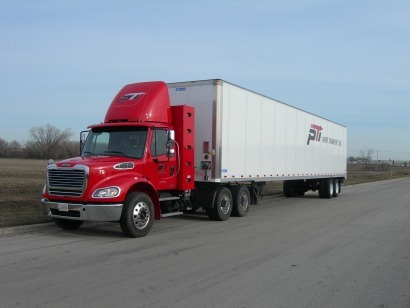
More electric or alternative fuel cars could help to reduce carbon emissions and help to fight air pollution in cities, according to the European Parliament’s Transport and Tourism Committee. At present sales of such vehicles are low because there are so few charging networks and refuelling stations. These stations in turn are not being built because there are so few potential customers.
In order to break this vicious circle, the European Parliament is considering a draft directive that would require member states to set targets for building public recharging networks and alternative fuel stations by 2020. The Parliament’s Transport and Tourism Committee has endorsed a draft directive that would require such targets in the hope that public intervention will help to change the current situation. EU member states would have to ensure that specified numbers of electric vehicle recharging points and hydrogen and natural gas stations are built by 2020. The directive would help to reduce dependence on oil and boost the take-up of alternative fuels in order to achieve a 60 percent cut in greenhouse gas emissions from transport by 2050.
Under the directive the private sector would play a leading role in developing the infrastructure, but member states would provide tax and public procurement incentives for them to do so. By December 2020 a minimum number of recharging points for electric vehicles (EVs) would have to be established, particularly in towns and cities. Member states should also construct hydrogen refuelling points at intervals not exceeding 300 kilometres with a deadline of 31st December in states where these do not yet exist. For heavy duty vehicles, refuelling points for LNG should be established along roads on the TEN-T Core Network at intervals not exceeding 400 kilometres and a sufficient number of CNG refuelling points should also be available at maximum intervals of 100 kilometres.
Nationally-coordinated policy plans would have to include targets and measures to boost the take-up of alternative fuels and should provide for the supply of “green” electricity for EVs. There should be targets for reducing congestion and deploying electrified public transport vehicles. Funding for these measures could come from EU programmes such as Horizon 2020, the Regional Development Fund, the Cohesion Fund and the Connecting Europe Facility.
Transport Committee MEPs also backed a European Commission proposal for a standardised infrastructure such as “Type 2” connectors and “Combo 2” connectors for fast recharging. “CHAdeMO” connectors could be used during a transition period up to January 2019.
At present the main alternative means of powering vehicles are liqueified petroleum gas (LPG), Compressed and Liquefied Natural Gas (CNG, LNG), electricity, biofuels and hydrogen. However, these vehicles meet only a small part of the EU’s transport needs as countries still depend heavily on oil, which makes up more than 90% of transport fuels used.
The committee approved the draft directive by 30 votes to 7 with no abstentions. Negotiations will now begin with the Council of the European Union with a view to reaching a final agreement in Spring 2014.
For additional information:

